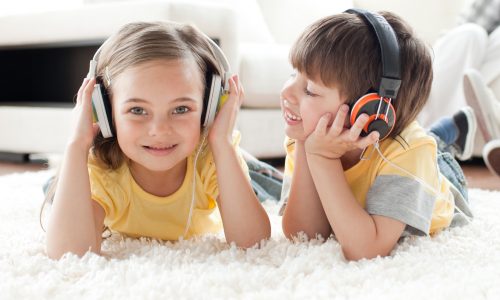A recent article discusses the guidelines for limiting noise exposure in children and teenagers.
Here’s an excerpt:
Hearing plays an essential role in communication, speech and language development, and learning. Even a small amount of hearing loss can have profound, negative effects on speech, language comprehension, communication, classroom learning, and social development. Studies indicate that without proper intervention, children with mild to moderate hearing loss, on average, do not perform as well in school as children with no hearing loss. This gap in academic achievement widens as students progress through school.1,2
An estimated 12.5% of children and adolescents aged 6–19 years (approximately 5.2 million) and 17% of adults aged 20–69 years (approximately 26 million) have suffered permanent damage to their hearing from excessive exposure to noise.3,4
Hearing loss can result from damage to structures and/or nerve fibers in the inner ear that respond to sound. This type of hearing loss, termed “noise-induced hearing loss,” is usually caused by exposure to excessively loud sounds and cannot be medically or surgically corrected. Noise-induced hearing loss can result from a one-time exposure to a very loud sound, blast, or impulse, or from listening to loud sounds over an extended period.
Also worth a read is our article regarding hearing loss in children.









